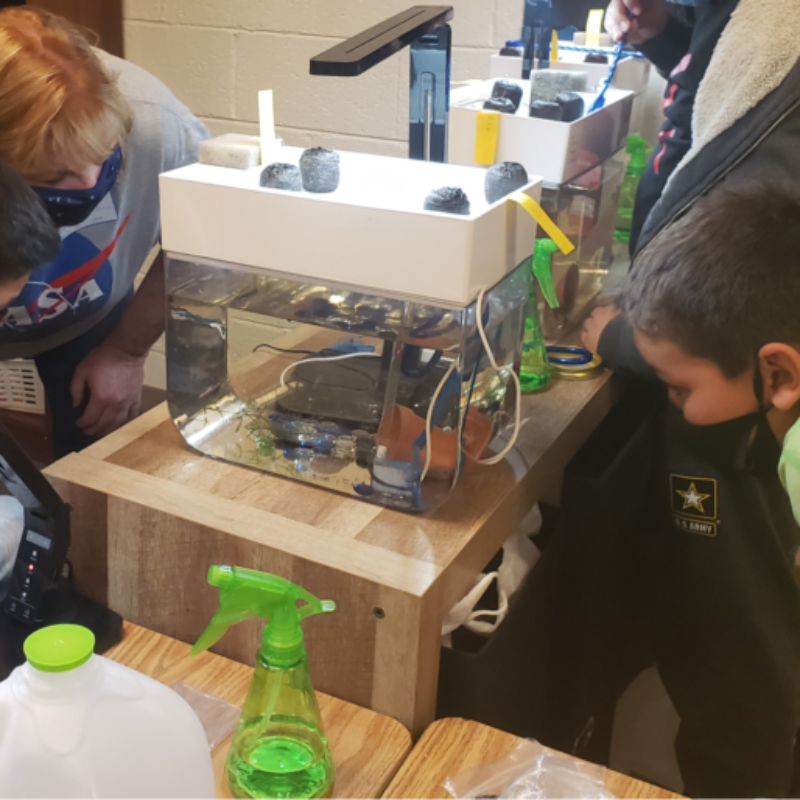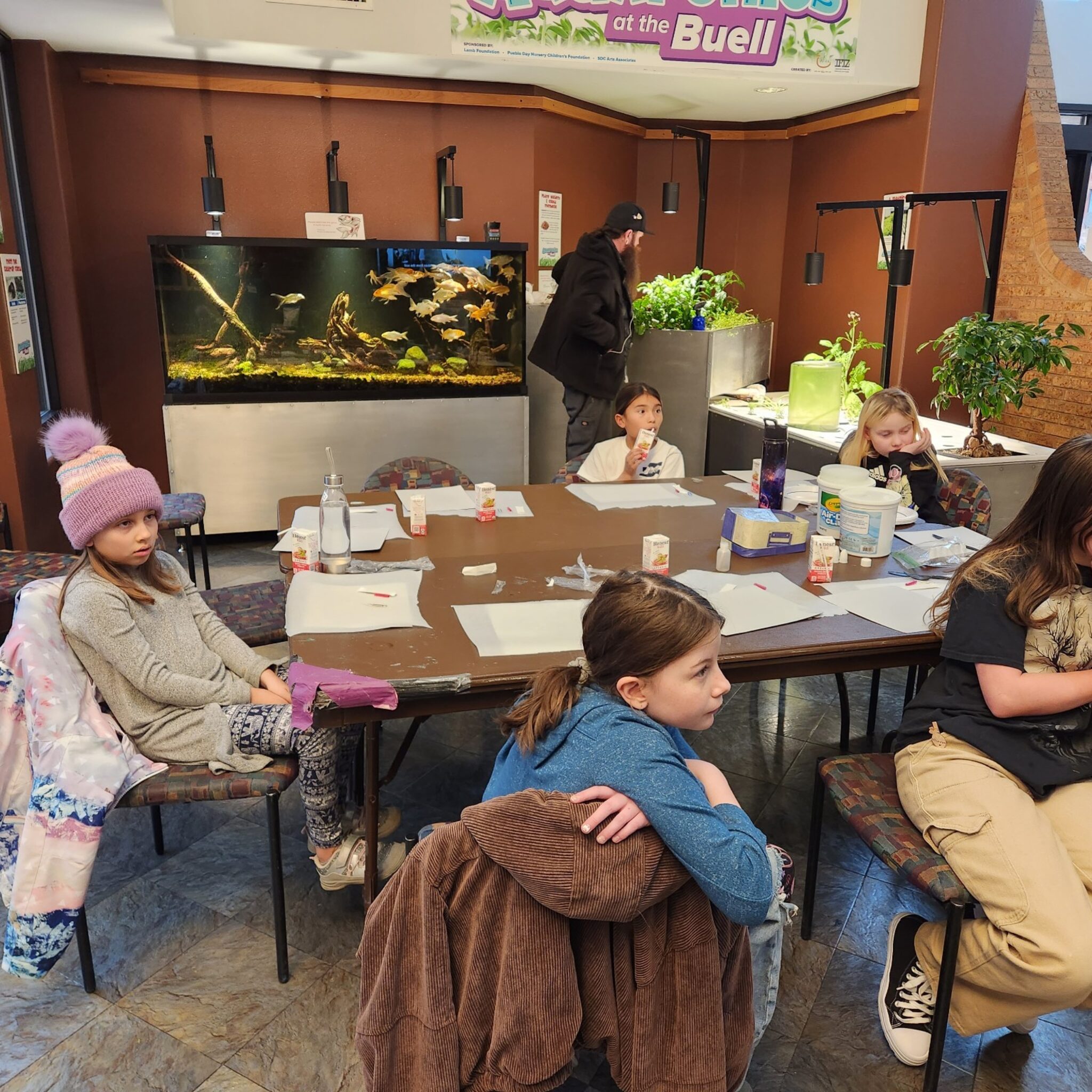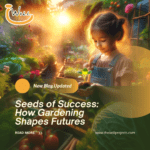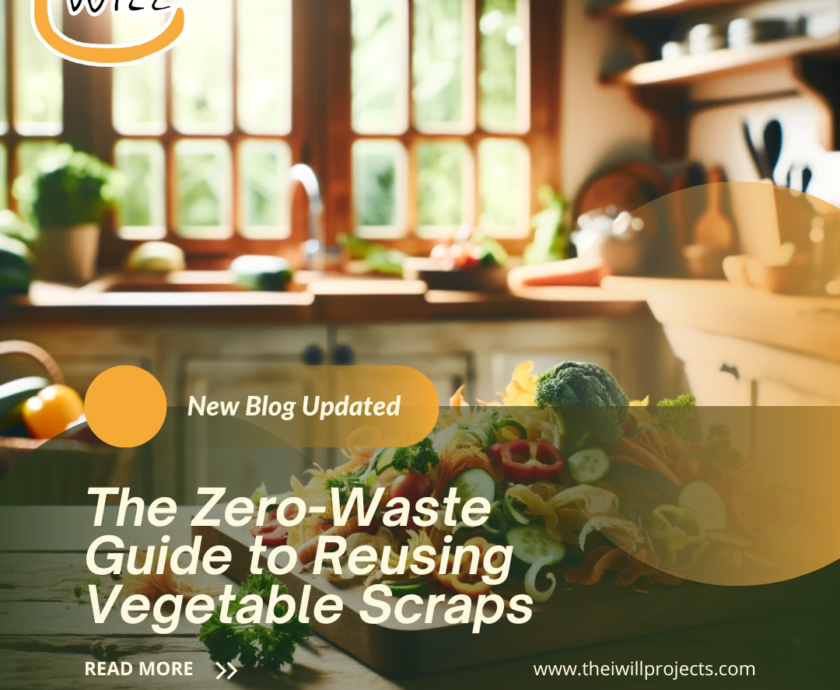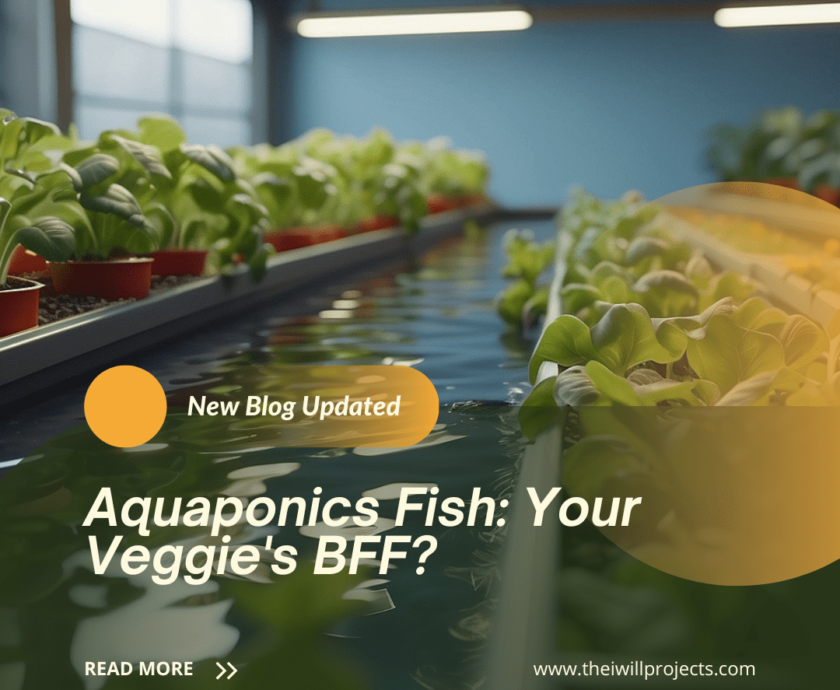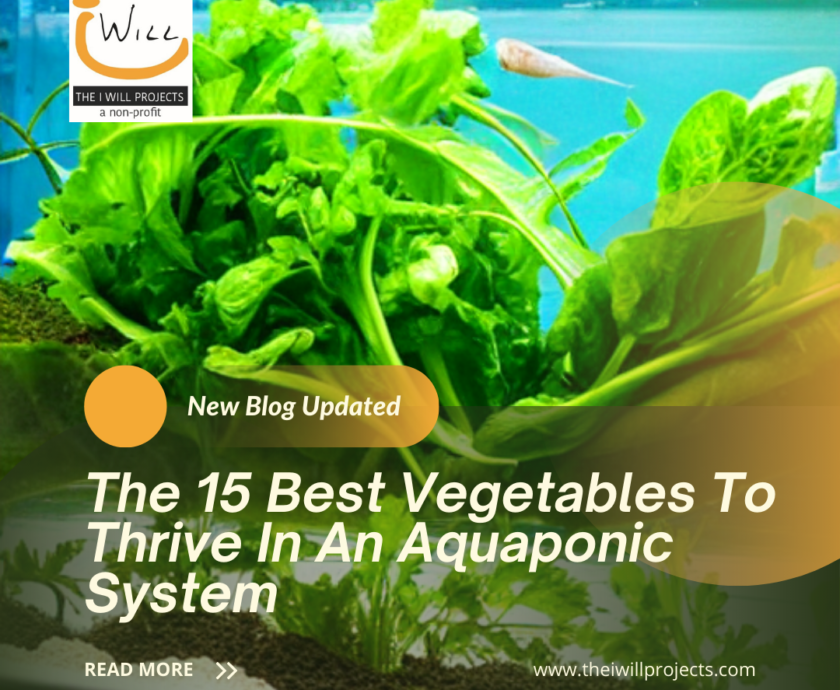“Imagine walking out of a grocery store with four bags of groceries, dropping one in the parking lot, and just not bothering to pick it up. That’s essentially what we’re doing.” – Dana Gunders
TweetTable of contents
- Introduction
- Understanding Vegetable Scraps
- The Magic of Composting
- Creative Cooking with Scraps
- Broths and Stocks Galore
- Homemade Fertilizers and Plant Food
- Educational Fun for Kids
- Crafting with Vegetable Scraps
- Storage Tips for Longer Life
- Community Sharing and Donating
- Zero-Waste Lifestyle Beyond the Kitchen
- Common Mistakes to Avoid
- The Environmental Impact
- Getting the Family Involved
- Resources and Further Reading
- Conclusion
- FAQs
Introduction
Hey there, fellow Earth lover! Are you ready to embark on a journey that’s both good for your palate and the planet? Imagine turning what you once thought of as waste into something wonderful. That’s right, I’m talking about those vegetable scraps that usually end up in the trash. Let’s change that! Together, we’ll explore the ins and outs of reusing vegetable scraps. It’s not just about reducing waste; it’s about embracing a lifestyle that values every bit of what nature offers us. So, whether you’re a seasoned zero-waster or just starting, this guide is for you. Let’s turn those peels, ends, and leaves into something magical!

Understanding Vegetable Scraps
Why do we often overlook the value of vegetable scraps? These bits and pieces – carrot tops, onion skins, potato peels – are usually tossed away without a second thought. But what if I told you that these scraps hold a world of potential? They are not just leftovers; they are the unsung heroes of our kitchens, waiting to be transformed into something beneficial. Whether it’s for nourishing your garden, adding flavor to your meals, or even as a learning tool for kids, every scrap has a purpose. It’s time we start looking at our vegetable scraps not as waste, but as resources brimming with possibilities.
The Magic of Composting
Composting is where the magic happens. It’s like a secret alchemy, turning what would otherwise be waste into nutrient-rich soil. This process is not just beneficial for your garden; it’s a powerful act of returning to the Earth. It’s incredibly satisfying to see your kitchen scraps transform into something that will nourish new life. And don’t worry if you don’t have a garden. Many communities have local composting facilities or community gardens that would be more than happy to accept your contributions. Composting is a simple yet profound way of closing the loop in our food cycle, making it a cornerstone of a sustainable lifestyle.
Creative Cooking with Scraps
Let’s get creative in the kitchen! Those vegetable scraps can be culinary gold. Imagine turning broccoli stems into a creamy soup or transforming potato peels into crispy snacks. The outer leaves of cabbages, the cores of peppers, and even the ends of green beans can add depth and flavor to your dishes. It’s all about seeing potential in what is often ignored. Cooking with scraps encourages us to think outside the box, experiment with flavors, and appreciate the entirety of our food. It’s a delicious challenge that benefits both your palate and the planet.
Broths and Stocks Galore
There’s something deeply satisfying about making your own broths and stocks. Vegetable scraps are perfect for this. You can collect scraps throughout the week – onion ends, carrot peels, celery leaves – and then simmer them to create a rich, flavorful base for soups, stews, and sauces. Homemade broths are not just a great way to use scraps, but they also add an incomparable depth of flavor to your cooking. Plus, you control what goes into your broth, making it healthier and perfectly tailored to your taste.
Homemade Fertilizers and Plant Food
Your plants will love your vegetable scraps too! Blending eggshells, banana peels, and coffee grounds can create a nutrient-rich fertilizer that your garden will thrive on. It’s a fantastic way to give back to nature and ensure your indoor or outdoor plants are healthy and strong. This natural fertilizer is free from chemicals, making it a safe and sustainable choice for your home garden.
Educational Fun for Kids
Involving kids in reusing vegetable scraps can be a wonderful educational experience. It’s a practical way to teach them about sustainability, science, and the importance of reducing waste. Kids can learn about composting, plant growth, and even get creative with crafts. For instance, using avocado pits to grow new plants or using vegetable scraps for natural dyes in art projects.
Crafting with Vegetable Scraps
Who knew that vegetable scraps could be a crafter’s delight? From natural dyes made from onion skins to stamps created from potato or beetroot ends, there’s a whole world of crafting possibilities. These activities are not just fun; they also instill a sense of resourcefulness and creativity. Imagine turning beetroot scraps into a vibrant pink dye for fabrics or using dried orange peels for fragrant potpourri. Crafting with vegetable scraps is a wonderful way to upcycle and add a personal touch to your home decor, making it both eco-friendly and uniquely yours.
Storage Tips for Longer Life
Storing your vegetable scraps properly is crucial to making the most out of them. The key is to keep them dry and refrigerated. Store your scraps in airtight containers or reusable bags in the fridge. If you’re planning to use them for stocks or broths, freezing them is a great option. You can accumulate scraps over time, and when you have enough, you’re ready to create your culinary masterpiece. Remember, proper storage not only preserves the scraps but also retains their nutritional value and flavor, ensuring that when you do use them, they’re just as good as fresh.
Community Sharing and Donating
Did you know that your vegetable scraps can be a valuable resource for others? Many communities have initiatives where you can donate your scraps for composting or to local farmers for animal feed. It’s a fantastic way to contribute to a larger cause and reduce waste collectively. Sharing your scraps can also be a great way to connect with neighbors and build community spirit. It’s all about finding ways to make your waste valuable to someone else, turning what would be thrown away into a resource for growth.
Zero-Waste Lifestyle Beyond the Kitchen
Reusing vegetable scraps is just one piece of the zero-waste puzzle. Why stop there? You can apply the same principles to other aspects of your life. From reducing paper waste to choosing sustainable products, every small choice adds up to a significant impact. Start by assessing where you can make changes in your daily routine. Perhaps it’s by using a reusable water bottle, composting paper waste, or opting for second-hand clothes. Embracing a zero-waste lifestyle is a journey of continuous learning and adapting, but the rewards are immense for both you and the planet.
Common Mistakes to Avoid
When it comes to reusing vegetable scraps, a few common pitfalls can hinder your efforts. One major mistake is not sorting your scraps correctly. Remember, not all scraps are created equal. Some, like onion skins or citrus peels, might not be suitable for certain uses like stock making due to their strong flavors. Another mistake is letting scraps go bad before using them. This is where proper storage comes into play. Lastly, don’t forget about balance. While it’s great to reuse scraps, it’s also important to balance this with other nutritional needs in your cooking.
The Environmental Impact
The environmental benefits of reusing vegetable scraps are far-reaching. By diverting these scraps from landfills, you’re reducing methane emissions – a potent greenhouse gas. Composting scraps enriches the soil, reducing the need for chemical fertilizers. It’s a simple yet powerful way to contribute to a healthier planet. Every scrap you reuse or compost is a small step towards a more sustainable future.
Getting the Family Involved
Involving your family in reusing vegetable scraps can make the process more enjoyable and impactful. It’s a great opportunity to teach kids about sustainability and healthy eating. You can involve them in cooking, composting, and gardening activities. It’s also a fun way to experiment with new recipes and learn about different vegetables. Making it a family affair adds an element of teamwork and shared responsibility towards a more sustainable lifestyle.
Resources and Further Reading
Knowledge is power, especially when it comes to sustainability. There are numerous resources available for those interested in diving deeper into the world of reusing vegetable scraps. From books to blogs, and even local workshops, the information is plentiful. These resources can provide you with more recipes, composting tips, and creative ideas to make the most of your kitchen scraps.

Conclusion
Reusing vegetable scraps is more than just a trend; it’s a lifestyle choice that benefits both you and the environment. It’s about being mindful of our resources, creative in our approach, and proactive in our actions. So, next time you’re about to toss those vegetable ends, think twice. There’s a world of possibilities waiting for you. Let’s make the most of what we have and tread lightly on our planet.
FAQs
Can all vegetable scraps be composted?
Most vegetable scraps can be composted, but it’s best to avoid composting onions and garlic as they can repel earthworms which are beneficial to the composting process.
How can I use vegetable scraps if I don’t have a garden?
You can still make broths, or donate your scraps to community gardens or local composting facilities.
Are there any vegetable scraps that shouldn’t be used for stock?
Avoid using bitter scraps like citrus peels or overly fibrous parts like corn husks, as they can affect the flavor and texture of the stock.
How long can I store vegetable scraps in the fridge?
Properly stored in an airtight container, most vegetable scraps can last up to a week in the fridge.
Can vegetable scraps be used for anything other than compost and cooking?
Absolutely! They can be used for crafting, like making natural dyes, or for educational purposes with kids.
Is it safe to use all vegetable scraps for cooking?
Yes, most vegetable scraps are safe for cooking, but it’s important to ensure they are clean and free from mold. Some scraps, like potato eyes and green parts of potatoes, contain solanine and should be avoided.
How can I get started with composting at home?
To start composting, you can use a small bin in your kitchen for collecting scraps and then transfer them to a larger compost bin outdoors. Layering green waste (vegetable scraps) with brown waste (leaves, newspaper) is key.
Can vegetable scraps be used to feed animals?
Some vegetable scraps can be fed to animals like rabbits, chickens, or pigs. However, it’s important to research which scraps are suitable for the specific animals you’re feeding.
How do vegetable scraps benefit my garden?
Composted vegetable scraps enrich the soil with nutrients, improving soil texture and fertility, which leads to healthier plant growth.
Are there any innovative ways to reuse vegetable scraps?
Yes, vegetable scraps can be used in innovative ways like making natural cleaning agents, homemade facial scrubs, or even as a natural fabric dye.
The I Will Projects, a 501c3 Non-Profit, promotes diverse solutions for global challenges. Our IFIZ education programs, emphasizing aquaponics, and insect farming, empower communities through knowledge, collaboration, and sustainable innovation. Learn more here.
References:
foodinsight.org/how-to-store-fresh-produce
moveforhunger.org/reusing-food-waste-scraps-leftovers
implasticfree.com/zero-waste-cooking-a-simple-guide-to-eliminating-food-waste
epa.gov/recycle/preventing-wasted-food-home
ecowatch.com/zero-waste-guide.html



